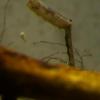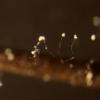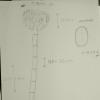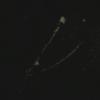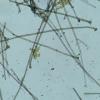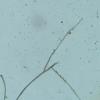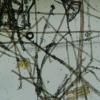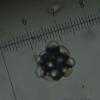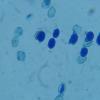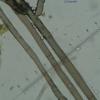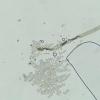
09-01-2026 17:41
Arnold BüschlenHallo, F. dilatata wird von vielen Bryoparasiten

10-01-2026 20:00
Tom SchrierHi all,We found picnidia on Protoparmeliopsis mur

07-01-2026 22:22
 Danny Newman
Danny Newman
Tatraea sp. on indet. hardwood The Swag, Great Sm

10-01-2026 01:18
 Danny Newman
Danny Newman
cf. Neovaginatispora fuckelii on indet. shrub Pre

07-01-2026 10:24
 Danny Newman
Danny Newman
Pezicula sp. on indet. hardwood Appalachian Highl

09-01-2026 10:08
 Blasco Rafael
Blasco Rafael
Hola, en el mismo habitat que la anteriorRetamaDia

08-01-2026 21:22
 Blasco Rafael
Blasco Rafael
Hola, He recogido esta muestra de Orbilia sobre Re

07-01-2026 17:29
 Marc Detollenaere
Marc Detollenaere
Dear Forum,On a barkless Populus I found some smal

10-11-2021 17:33
 Riet van Oosten
Riet van Oosten
Add-on topic http://www.ascofrance.com/forum/7059

07-01-2026 10:05
 Danny Newman
Danny Newman
cf. Chaetospermum on XylariaCosby Campground, Grea
Periconia ? with white smooth conidia
Stephen Martin Mifsud,
30-03-2020 00:28
 I found two Hyphomycetes on the lower stems of Sonchus oleraceus (one also on Oxalis, hence not host specific), but I shall tackle one here - an organism related to (or is?) Periconia
I found two Hyphomycetes on the lower stems of Sonchus oleraceus (one also on Oxalis, hence not host specific), but I shall tackle one here - an organism related to (or is?) PericoniaConidiophore wiry, 25-35um wide, smooth, dark gun-grey (a bit translucent), evenly septate (cells rectangular, sbout 120 um long) bearing at the top a cluster of white conidia (c. 100) which when in contact with water they eject and spread out. There seem to be no elaborate (if any) branching at the head. I have seen a few conidiophores which where simple branched, (just 1 or 2 branches from the main). Spores oval, smooth (in my opinion) readily staining in cotton blue except a rather thick wall.
Stephen Martin Mifsud,
30-03-2020 21:41

Re : Periconia ? with white smooth conidia
What genera are closely related to Periconia please? It seems Periconia have dark conidia that are visibly verrucose (echinose).
